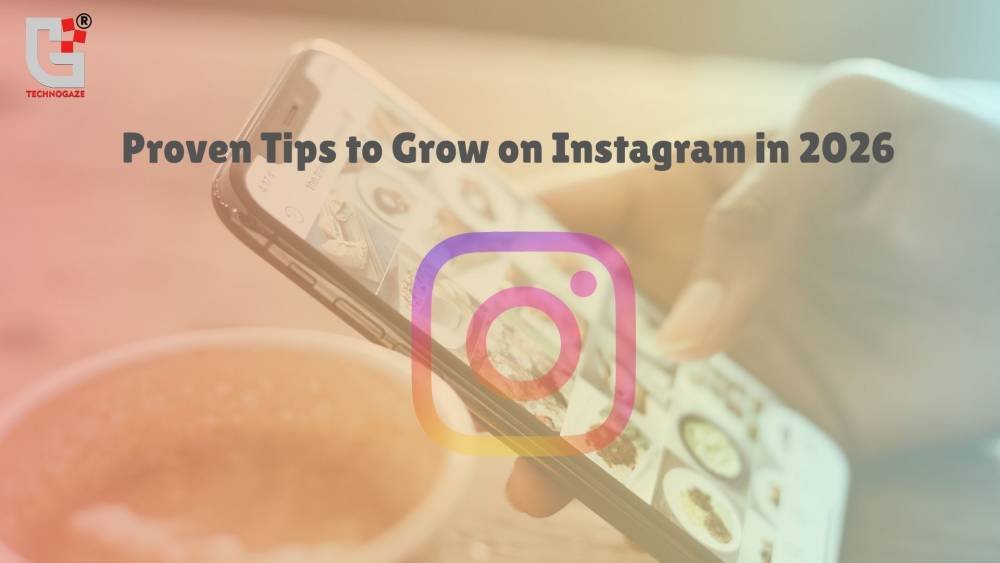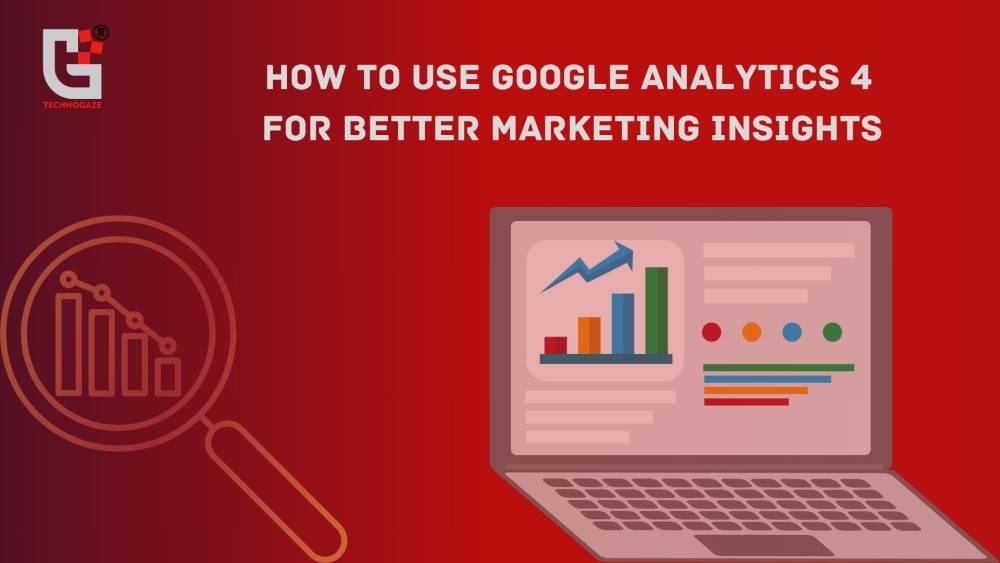Learn how to curate valuable content from other sources and share it with your audience.

Learn how to optimize your product listings for search engines and marketplaces.
Product pages can be accessed via listing pages. Additionally, drawing in more traffic to product pages increases the number of users in the consideration phase of your e-commerce sales funnel, increasing the likelihood that these users will become buyers. For this reason, improving your e-commerce product listing pages can significantly impact your conversion rates.
While looking at some outstanding design examples, we'll break down the essential methods and tactics to help your products stand out in a sea of choices.
What is a PLP, or product listing page?
The shelf in your online store is similar to a product listing page (PLP). Based on a category or search query, this is where you present all of your delights to customers. We also call those category pages a lot of the time.
This is the area where you present your products with attention-grabbing headlines, eye-catching photos, and intriguing product details. When customers are looking to buy something, they end up here.
With information on price, size, color, and other aspects, each item has a designated location. This is your opportunity to create a positive first impression and persuade them to hit the "Add to Cart" button.
Why are the pages with product listings important?
Pages with product listings are crucial for e-commerce websites.
This is the reason why:
Visibility in search engines: They aid in gaining attention from search engines. Search engines can recognize your products nicely when they are neatly arranged on these pages. It leads to higher search engine ranks.
Satisfying client needs: Product listing pages match relevant products to customer searches. This increases the likelihood that buyers will find what they want and click the "buy" button.
Easy-to-use layout: Customers may quickly browse through your product or service selection on these pages. It's similar to leading customers through your shop and ensuring they can quickly find what they want.
Qualitative Product Listing Features For The Optimization of Search engines and Marketplaces
If the products are listed with more detailed information, the customer will feel more comfortable making a purchase. With your product listings, search engine optimization can help you increase visibility, attract more clients, and ultimately boost sales. Let's look at some suggestions to make your product listings more search engine-friendly.
Keyword research: Finding the search phrases or keywords used by prospective buyers to find products similar to yours is known as keyword research. To locate appropriate keywords, you can make use of various tools available, like Google Keyword Planner. Put your chosen keywords into the title, descriptions, and tags of your products after you have a list of them.
Product Title: The first item that grabs clients' attention is the product title. Consider your product title to be similar to the packaging of a product at a store. If it attracts your attention, you will probably purchase it.
SEO is another crucial element that you should take into account when creating product titles. Look at the keywords that consumers use while searching for the product, make title adjustments based on your research, and determine what is most effective for you.
The following are some essential points that should be included in the title:
1. Name brand
2. Model of product
3. Further precise details, such as color, size, etc.
4. The product's unique selling point
5. Ingredients (that people might look up)
Product Descriptions: A solid product description should include information on the features, benefits, materials, measurements, and usage guidelines, among other important elements. Similar to product titles, the description can increase its exposure in search results by carefully choosing and inserting relevant keywords.
High-quality images of products: Since marketplaces are primarily visual platforms, it's critical to have excellent product photos taken from various perspectives. Additionally, you can use the best product photo as the primary image and highlight every attribute of the product in the remaining media.
Furthermore, to achieve faster loading times, photos should be optimized with the appropriate file size and format.
Select the Best Online Marketplaces for Your Company: Selecting the appropriate markets for your brand is essential before you even begin optimizing your product listing. As a general rule, be present on marketplaces where your competitors are, as well as on marketplaces that can assist you in reaching your target audience.
For instance, it would be wiser for a beauty firm trying to increase sales to sell their items on marketplaces like Nykaa and Purple, which cater to the beauty sector and have a large customer base.
Observe, evaluate, and update
It's essential to track performance and evaluate outcomes if you want to gradually optimize marketplace listings according to what suits your products the best. Monitoring data like impressions, clicks, average order value (AOV), conversion rate (CVR), and more is part of this.
Over time, you may utilize these stats to identify the best practices for your product pages, which will enable you to regularly improve and refresh your content.
Wrapping Up
Product listing pages can function as conversion engines. When properly optimized, they are essential for improving basket size, helping you rank higher in search engine results, and providing a remarkable client experience in the marketplace.
No matter whether you’re a seasoned seller or are venturing into the world of e-commerce for the first time, it can be challenging to strike the correct balance and identify the most innovative ideas to elevate your product listing pages in the online marketplace. For better search engine ranking and conversion, product discoverability, and customer retention, product listing optimization is the most essential.
Author Details
Latest Posts
-
1November 15, 2025
-
2
-
3October 11, 2025
-
4
-
5








